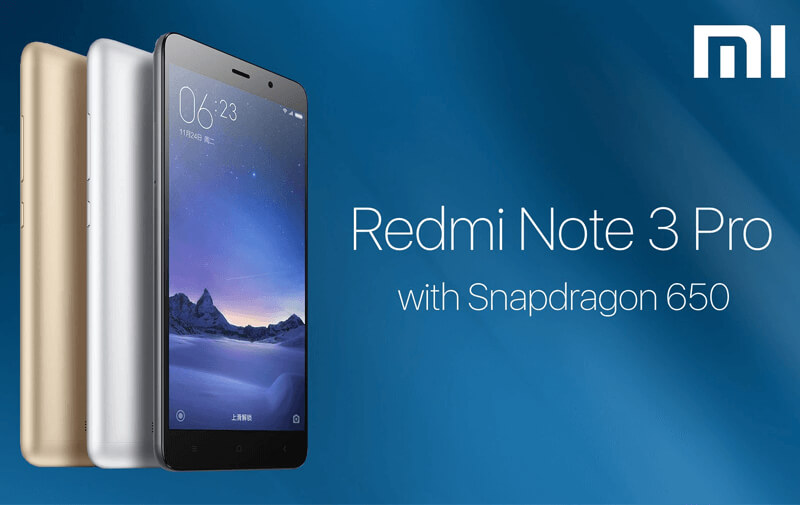In a market stuffed with advertising techniques, strategies and gimmicks for businesses trying to reach the increasingly fickle, demanding consumers, one approach stands out above the rest: word-of-mouth marketing.
Word-of-mouth is the process of passing information from one person to another by oral communication. One excellent example of word-of-mouth is in the form of storytelling, a basic form through which one person tells the story to another one about a real event or something that is made up. It is, at its heart, using happy customers to promote the business. Word-of-mouth is not an entirely new term. Consumers always share their experiences, needs, emotions and the products or services which they have used, with their friends and family, all the time. With emerging technologies and changing trends, the role and effect of word-of-mouth have evolved into online communities, or via social media.
The emergence of social media has become an important part of the marketing toolkit and had also changed how word-of-mouth works for businesses. Every year, new platforms are introduced amid great enthusiasm for applications in marketing plans and high expectations that they will improve return on marketing investment. New platforms also create new opportunities to engage consumers abound. However, new problems also arose as businesses have been focusing on “collecting” instead of “connecting.” In other words, brands are too caught up in collecting social media fans, and they forget to actually connect with them.
When word-of-mouth is communicated through digital platforms, it can result in a larger outreach, either via the websites, news feeds or social networks of a brand. The key distinguishing characteristic of social media is that it is social. Individuals communicate with each other and share interesting content, rather than just being recipients of content or a message.
Without the sharing element, this new media would be just another broadcast medium, with content being sent in a one-way direction, from one person (or brand) to a vast population. Word-of-mouth marketing on social media encourages customer-to-customer and customer-to-brand communication. And this is the fundamental difference between word-of-mouth marketing on social media and other forms of traditional media. Therefore, brands should focus on connecting with their online communities in order to reap the benefits of social media.
Here are some tips for using social media to accelerate word-of-mouth marketing.
#1 Give People a Reason to Rave
Word-of-mouth marketing is most successful with brands that are working hard to do right by their customers. This means that brands are providing great offerings partnered with exceptional customer service. On social media, it also means that they are ready to give timely responses and make sure that their social media networks are regularly monitored so that they are listening to their customers. It allows brands to understand their consumers better and hence react accordingly.
To provide good customer service, brands should also be open to all issues voiced out by their customers and try to prove that their concerns are being tackled quickly. By addressing concerns of their customers, brands can build trust and brand loyalty among their communities. Word-of-mouth performs as effectively for brands as it could against them. Therefore, brands should always strive to provide a positive customer experience, to get their names out there.
#2 Active, Engaged Social Community

Word-of-mouth marketing is more effective as the community grows larger. Brands must tie into that information-spreading process in order to take advantage of social media’s unique capabilities. With a larger community, information can be spread to more people, thus increasing the targeted outreach. At some point in time, there is a potential for content to “go viral.” The chance that for a relatively little investment in content and no investment in traditional media exposure, massive numbers of the audience can be reached via social sharing that cascades from one audience to another in a virtuous upward spiral. Having an active social community also means that brands have brand advocates who identify themselves with the brand and talks favorably about it via positive word-of-mouth messages. In a way, this provides brands with free marketing which can be both compelling and infectious.
#3 Create Quality Content.
Engagement is obviously important, without engagement word-of-mouth marketing is not possible. Social media marketing relies significantly on engagement between brands and its audiences to be successful. When developing content, brands should think about what the target audience are looking for and what they would want to share with their friends. That buzz as seen through Facebook’s likes and shares can come in the form of content whether it is an insightful article, funny video or visually appealing infographics.
These also give people an opportunity to talk about the business or its products/services which can spark word-of-mouth marketing. With the help of social media, brands can directly connect with their online communities to exchange views and information, and to be a part of an on-going conversation for the business.
#4 The Power of Insight

Word-of-mouth marketing is the most powerful channel of influence for brands, and social media will only further cement this reality. In the world of big data, social’s trackable and attributable nature will give businesses insights into consumer behavior, its potential, and influence. It will also enable brands a more nuanced understanding of how their target audience are influenced socially. By studying the data, brands can further improve their word-of-mouth marketing by sharing content or doing things that resonate positively with their customers, and thus increasing the desired result for their marketing campaigns.
Going Forward with Modern Word-Of-Mouth
To harnessing the power of word-of-mouth, companies should evolve with new trends and technologies. Word-of-mouth marketing is a powerful tool, but for some businesses, it can be tough to master. Getting customers enthusiastic about the brand requires more than just a conversation starter. It requires stellar service, a unique identity, solid reputation, and a thriving online community. On top of all these, brands should put their customers first and deliver above and beyond expectations. By surprising consumers with their awesomeness, brands can ensure that they will spread the word of the business all across the land (social media).





